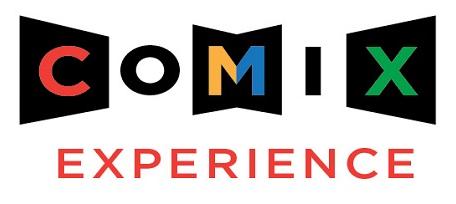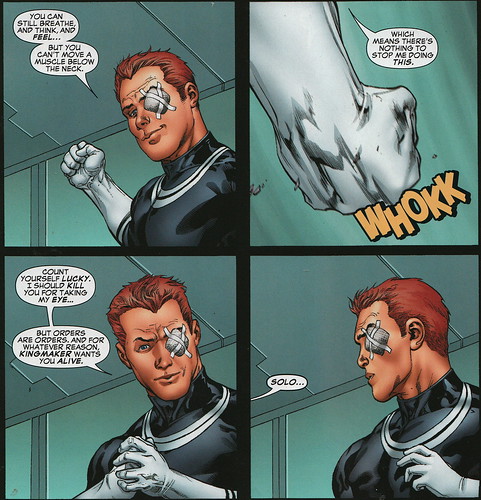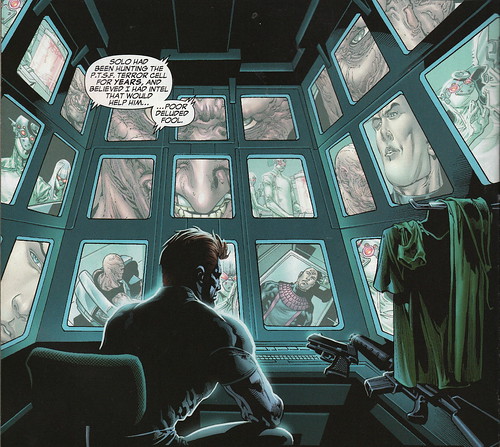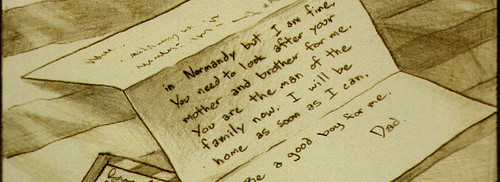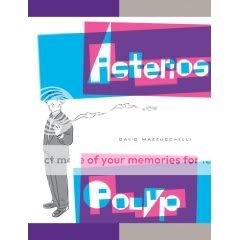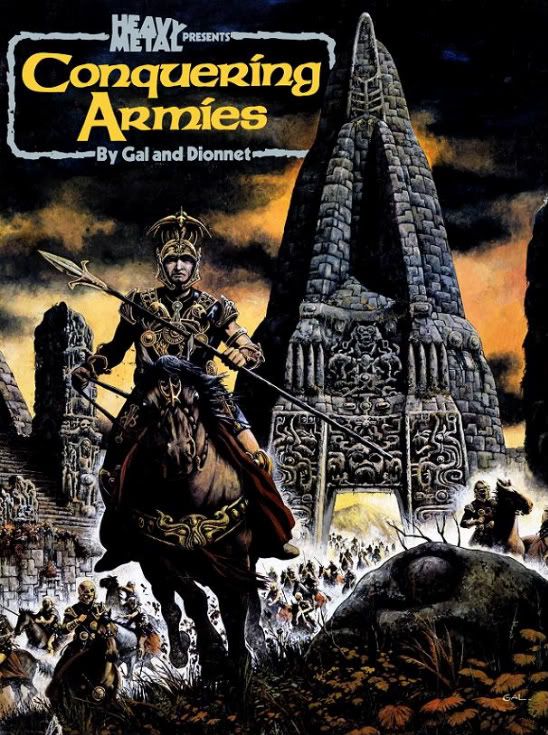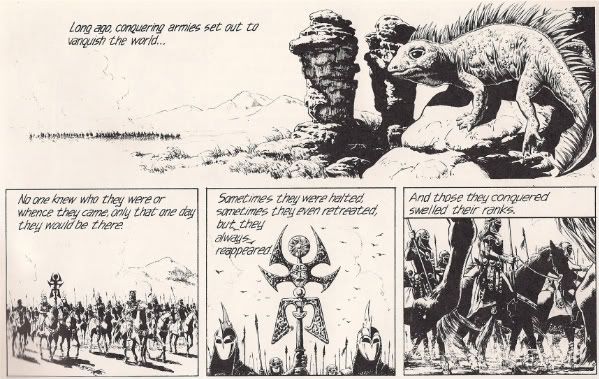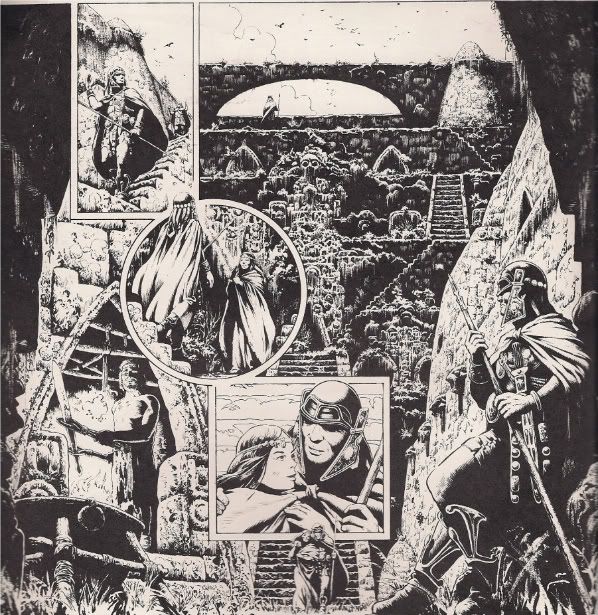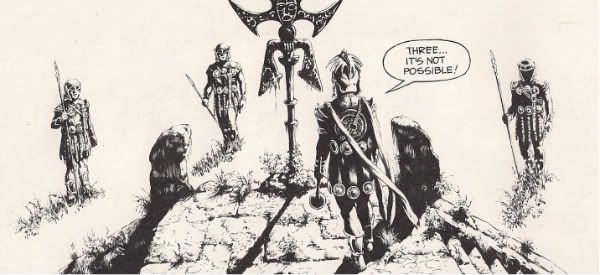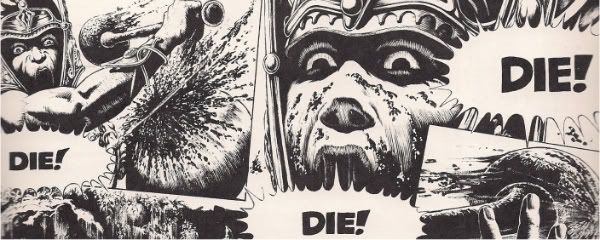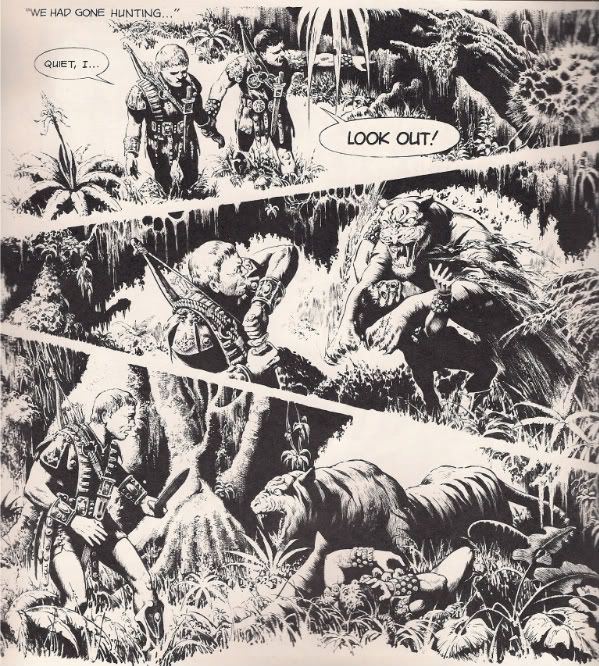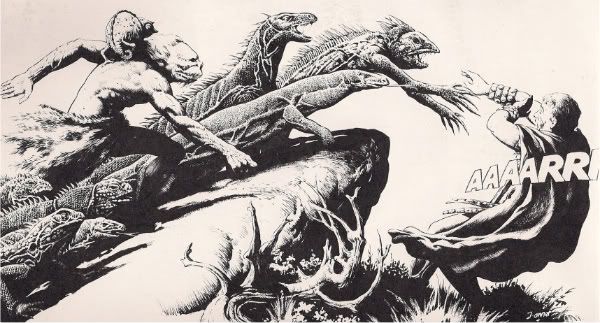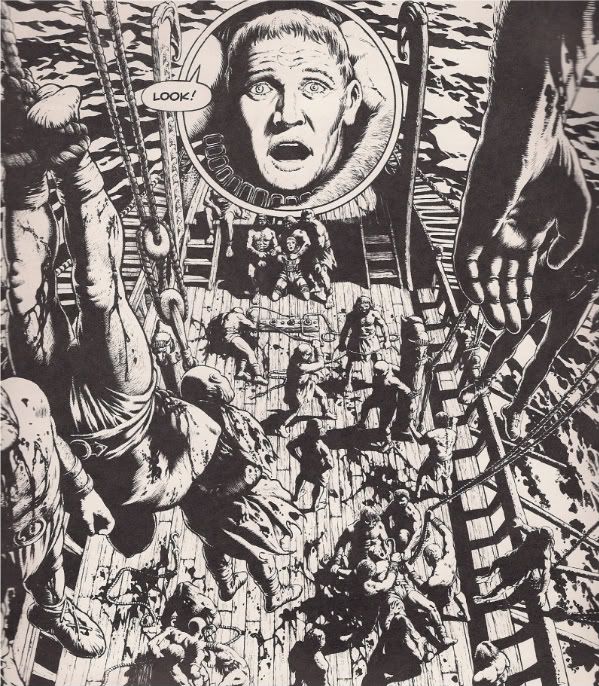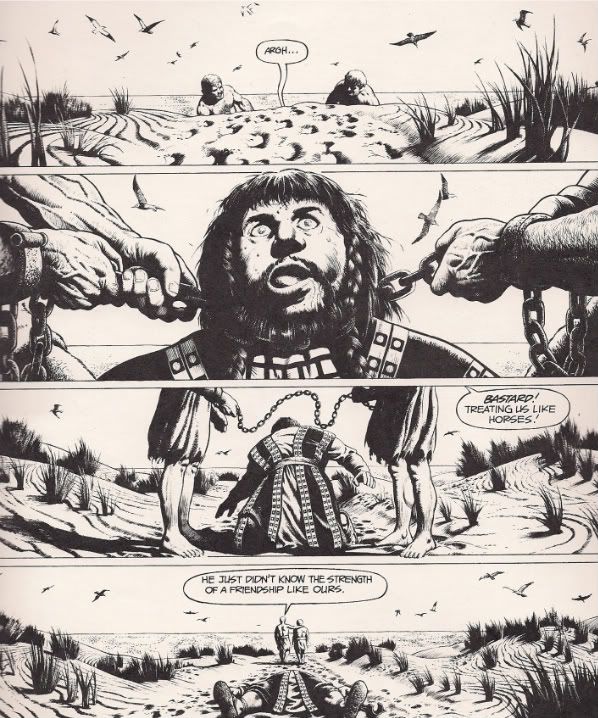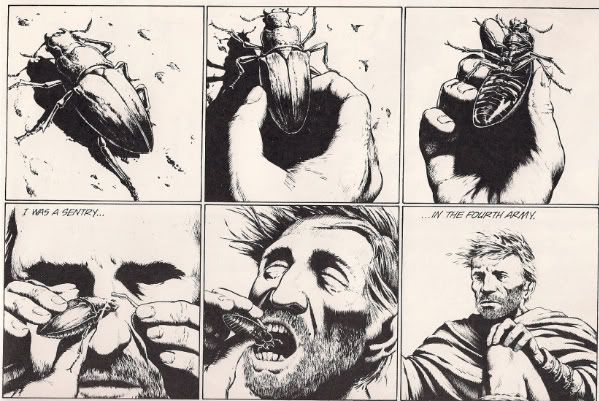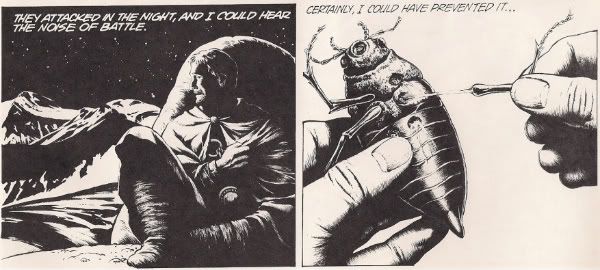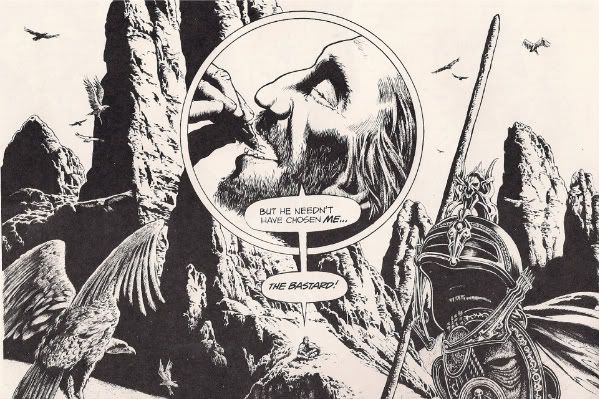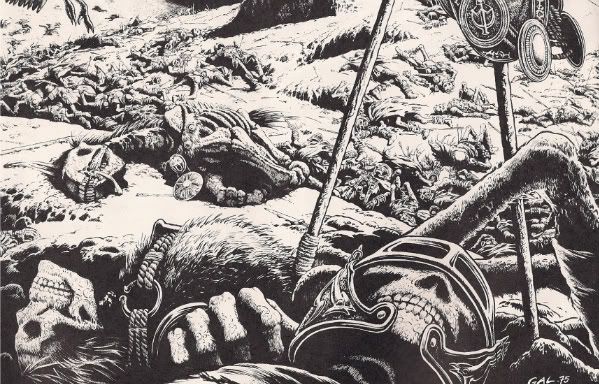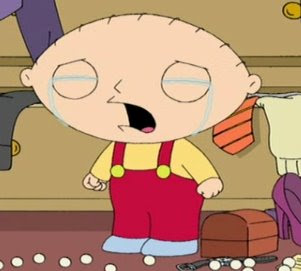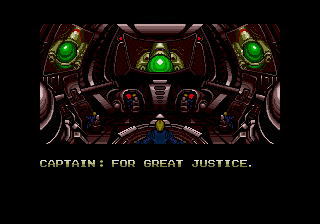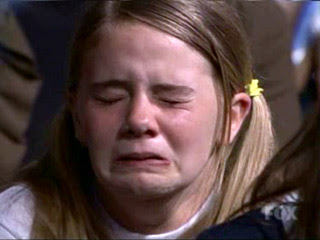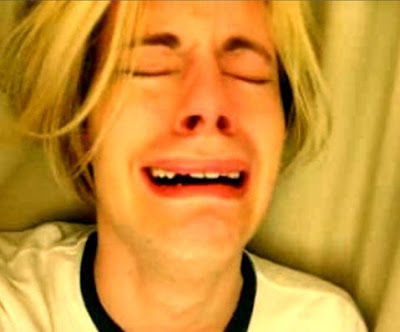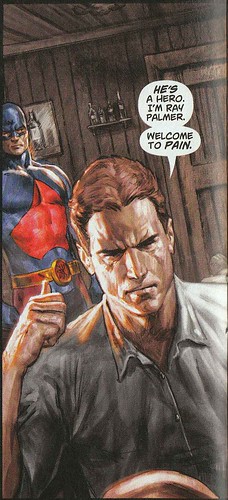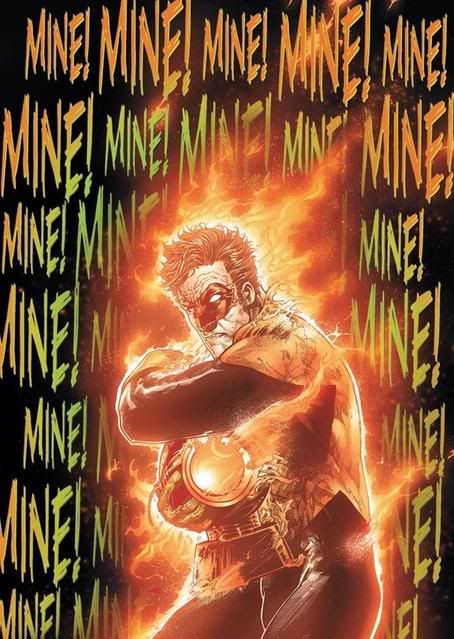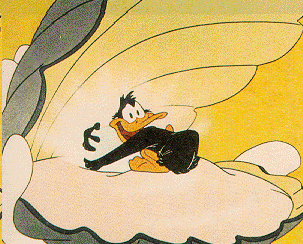
In an ever-desperate attempt towards anti-relevance, I gave a kid some money, told the kid to grab comics out of the "read these eventually" pile, ordered them chronologically, and will now proceed as if they came out this week. Even though they didn't.
Zap # 4, Published by Last Gasp, 1969
"... the cartoon is ugly, cheap and degrading. Its purpose is to stimulate erotic responses, and does not, as claimed, deal with basic realities of life. It is grossly shocking, demeaning the sexual experience by perverting it...it is part of the underworld press--the growing world of deceit and sex, and it is not reality or honesty, as they often claim it to be. It represents an emotional incapacity to view sex as a basis for establishing genuine human relationships or as a normal part of human condition."
That's Judge Joel Tyler, talking about Zap #4. It's in the book A History of Underground Comics, written by Mark James Estren. I like that book, but I can't recommend it comfortably until Dan Nadel and Tom Spurgeon argue about it. But it sure seems alright to me.
My "get to these eventually" stack probably has quite a few more of these Important, Ground-Shaking reads in them, but finding them is just going to be dumb luck--I couldn't remember which issue it was of Zap that had Robert Crumb's "Joe Blow" story in it, so I'll admit to being pretty surprised that the exact issue fell into my hands during the random grab. Besides "Joe Blow", I'm guessing I have enough of these types of comics--Naughty Ones--to get me labeled a go-meet-the-neighbors pervert, which is probably something I should make sure my wife is aware of. For those who haven't read it, "Blow" is the cheeky story of an American family and the awesome sex they have with one another. Dad fucks Sis, Junior nails "the greatest mom a guy ever had", and the story closes with the two youngsters heading out into the world, where they will fuck and suck one another, as well as other people not related to them by blood. "Joe Blow" doesn't stand all alone on the cliffs of depravity, either: there's also a nasty piece of filth by S. Clay Wilson, where a couple of richie-rich types bang the hell out of the maid and end up shooting her with a musket ball that makes its way through her entire body before plugging up a guy's urinary meatus. Then there's science ficion fucking. After that it's--well, actually? Every story in here is about cocks, vaginas, semen, scabs, rape, incest, penetration, cunnilingus, homosexuality, heterosexuality, bestiality (with a happy little girl and her happy little cow), except for one, because it's a one-page Crumb-draws-black-people-as-monstrous-jungle-beasts story. So yeah, Zap # 4. This is 40 years old. It's still way further out there than anything that doesn't involve Josh Simmons. To be perfectly frank, a good portion of my time reading it was spent wondering what defense one might make to old Joel Tyler and his claims regarding this particular comic. Is it ugly? Yeah, I can see that argument being made about the subject matter, and except for when Mr. Peanut gets it on, the art isn't "pretty", no matter how much everybody in "Joe Blow" enjoys themselves. "Cheap and degrading" is a tougher sell for me--none of these cartoons have that sort of tossed off hack-ness that the Eros line pumps out. I don't know what to say to the idea that Zap #4 is designed "to stimulate erotic responses". I can see that being possible for some reader, sure, but there's a pretty long stretch of road between "some people might masturbate to Gilbert Shelton's drawing of a woman with eight breasts" and the conclusion "which is exactly why Gilbert Shelton drew it that way." From there, Joel just gets stupid: "[It] does not, as claimed, deal with basic realities of life." Yeah? Neither did Tommy Lasorda, and that man's belly was a thing of magic. Neither do those silly black gowns that judges wear. "Deal[ing] with basic realities of life" doesn't define the job of art, you dick. The job of art isn't a legal argument anyway, it's an aesthetic one, and aesthetics is supposed to be discussed during marathons of Tony Hawk Pro Skater the nights leading up to the final, or on blogs no one reads. "Grossly shocking" is another waste of time too--I'll admit to being a bit thrown by the whole musket-ball-in-the-meatus panel, but all it takes is one high-school girlfriend addicted to V.C. Andrew's Dollanganger series for incest to rapidly become something that's about as shocking as a lukewarm bath. I'd keep going, but it took me forever to decide whether or not to make a sarcastic remark about Jamie Reyes. Anyway, Zap #4: it's EXCELLENT. Just don't tell anybody that I own it.
Shade The Changing Man # 1, Published by DC Comics, 1977
Before you get into Ditko magic, here's case-in-point, example seventeen-thousand, why archiving every fucking comic in the world into a hardcover misses the point: Hostess Cupcake advertisements where Batman and Robin stop the evil Pigeon Person. It's the complete lack of inflection that makes this panel work. Exclamation marks are the sign of mental decay. This is what reading old comics are for. Not just because it's ridiculous, stupid, and worth a cheap laugh.

Never mind actually. I think just because it's ridiculous, stupid, and worth a cheap laugh.
The other thing they're for is just...well, reading old comics. I'm more turned on by the Milligan Shade, but the Ditko stuff in here is pretty great. It's a smart opener--whatever Shade's M-Vest allows him to do isn't fully explored in issue one, and that leaves Ditko free to teach by showing. It's the showing that jumps the most, the exaggerated arms that expand, the collapsing side of Rac Shade's face as his hair turns into a Spidey-signal against the wall behind him, grinning like a maniac all the while. Ditko's 4th World looking antagonist shows up to cause problems, so Shade assists in killing him with a feedback loop, and the whole plot probably takes place in about six minutes, following the initial World-Goes-Crazy opening. What's most interesting to me about Shade is that he doesn't have the personality normally attributed to the innocent-man-on-the-run type background. (If you haven't read it, Shade and a bunch of death row prisoners escaped the "Meta Zone" and a few have made their way to the "Earth Zone", only to find themselves hunted, U.S. Marshals style.) Shade's got the dogged "I'll find the guy who framed me" determination, he's probably going to try to reunite with his ex-girlfirend turned Tommy Lee Jones as well, but he's also a little bit crazy and mean. Regular people don't interest him, it seems, and he moves around them the way you might imagine Ditko does when he doesn't feel like explaining his politics or talking about Spider-man. This is a VERY GOOD comic. But they should make sure they include Pigeon Person when they reprint it. (Which they apparently have no plan to do, because God hates you.)
Vanguard Illustrated # 4, Published by Pacific Comics, 1984
Although it's the Steve Rude cover and continuing story of the world's most masochistic encyclopedia salesman--is it really worth selling a deluxe edition if you have to fight cannibal tribesman to do so?--that serves as the main feature of this issue of Pacific's anthology-by-way-of-fan-letters comic, there's a back of book story by Paul Neary and Mick Austin that really wins the day. A couple of pipe-cleaning robots meet on their way to blow up each others respective "zone", engage in a debate on the success rate of mutually assured destruction, only to be destroyed by their human overlords when the lil' devils realize that bloodthirsty general-types are rarely sane. The script is clever, but it's the art that kicks ass and makes this one worth the search. Apparently the success rate of Vanguard stories was determined by fans writing in and saying "more please", which is probably why we've never heard anything else about Quark, a young boy hero story that's about as compelling as fixing a water cooler. Still, for an anthology comic, Vanguard's a hell of a lot more interesting than that Marvel thing where they reprint Myspace stories.
Peter Parker, The Spectacular Spider-Man Annual #6, Published by Marvel, 1986

I got this for free. I was willing to go as high as a quarter, but when I asked the guy how much a beat up copy of a comic featuring a variant Purple Rain cover cost these days, he just sneered and said "i could care less. Get it outta here." I don't know that there's any point in saying "this comic is sort of a generic story", because it's an annual, and that's an accuracy across the board--annuals are shitty comics as a rule. There's exceptions, sure, but I imagine a back-to-back annual take down would collapse under the weight of overly long shittery around the 12th copy of "When Green Arrow fell asleep and dreamed he was Robin Hood." There aren't even credits in the comic, although there are a few "editors notes" explaining that the word "Joint" means "Jail", so apparently there was a human hand involved in the construction and not just a crappy Spider-man story generator. Half of the panels are either unfinished or some kind of weird homage to Patrick Nagel, although you can find a couple of worthwhile drawings of a guy on a motorcycle where the speed lines go completely berserk. The strongest page in it is some ad for Marvel's New Universe imprint, an ad that chooses not to showcase any of the New Universe titles or characters, just a gigantic bolt of lightning destroying about 35% of the globe. That's kind of interesting. Apparently even in the 80's Marvel didn't even need to worry about the content when it came to hawking their wares: Something IS COMING YOU BETTER BUY IT, you don't see that kind of campaign too often, unless you're an Apple freak, or...well, Marvel Comics, honestly. Oh, there's a story too, it's about some gangbanger who decides to go legit after meeting Spider-man and besting him in combat. (The gangbanger can shut down Parker's spider-sense and avoid punches, making for some of the worst fight drawings I've seen since...oh, I'll be honest, I saw some just as bad about three hours ago.) Anyway, the guy's mom dies. He leaves town. I have the worst radar for Spider-man comics, apparently. It's CRAP, in case you're wondering, although it probably deserves some credit for ganking the iconography of Prince.
Elementals #2, Published by Comico, 1984
Why this got sent to me, I couldn't tell you. Maybe because I don't like Fables? I have no idea why someone would send a stranger two issues of Bill Willingham's 1980's Elementals comic. I do not want one issue of Bill Willingam's 1980's Elementals comic. After reading it, I guess the person who sent this thought I would do something funny, or say something funny, or...I don't know why people do things. This is just a boring super-hero comic about boring super-heroes and, if I remember it at all, it will be because it had a panel featuring an old man in a no-secrets spandex outfit talking to a woman who is also wearing a NO-SECRETS spandex outfit, and the woman's rear end is the focus of the panel. That was the only panel in the entire issue that I looked at for longer than it took for my brain to grasp the information in the panel and continue with the narrative. In other words, cheesecake caught my eye, but I'm sure I would've stopped at a panel where there was a close up of an old man's firm buttocks too, because that is unusual and therefore worth my time. Otherwise, this comic reminded me of a rulebook for those old Palladium role playing games, where almost every page had a drawing of some generic super-hero with rip-off powers. I'm not even sure what these Elementals can or can't do. One of them looks like She-Hulk, but she's apparently an Aquaman type of character. Somebody whose name I forgot dies, but I've already thrown the comic out the window into the abandoned lot that I threw my broken microwave into, and I can't be bothered to go all the way outside with a flashlight to check. It's CRAP as well.
The Princess of Time, Published by Picturebox, 2007
This is silent comic, sort of like the first issue of The Many Deaths of the Batman cross-over, except that one was about Batman and it was drawn by Jim Aparo and this one is about Ashley Glasscock, Gordon Hammie and Barnabus Conrad and it was drawn by Jon Vermilyea who I know because I secretly like his mean installments of fighting breakfast dishes in MOME more than I like the serious comics that David B includes, because I am a philistine. Princess of Time, if I was going to be a stickler, doesn't seem to have a Princess in it, unless that warped monster creature that gets slit open Tauntaun style to reveal a smaller monster is a female, and the slit is supposed to be a vagina, but I'm pretty sure the title has an arty meaning that Jog understands. I liked this one, it's big and gross and funny and it's printed on newspaper, which makes me less inclined to treat it seriously than I imagine most of its fans would prefer, but again, I don't care, because I'm old enough that I don't need more friends. The whole printing comics on newsprint is sort of genius to me, especially if you read some of what the random asshole club says about that Wednesday Comics thing, i.e. "How will I have a mint copy of this", which is sort of like--really? Really. Do you wet the bed, dickboy? I'd like to run over your face with a truck, shit-for-brains. I'd like to make your mom into a mint copy. I'd like to...this really doesn't have anything to do with anything, but seriously: there's no words in Princess of Time, how the heckfire am I supposed to talk about the comic without the words, I need the words, I gotta have a plot to grab ahold of, otherwise it's just art and stuff, and I'm not that guy, katzenjammer. But yeah, mint copies. Fuck mint copies. Newspaper comics--oh, just imagine the stores, if everybody did newspaper comics. We'd all stand around like a bunch of 1930's types, hats and all, Seth would get called "trendsetter", they'd deliver them in satchels, there'd be twine everywhere. I'd write blogs on a mimeograph machine, you'd never hear from me again, it would be the sweetness and the light. Oh, and this comic is GOOD up until the last panel, and then it either becomes VERY GOOD, or EXCELLENT, or VERY EXCELLENT.
